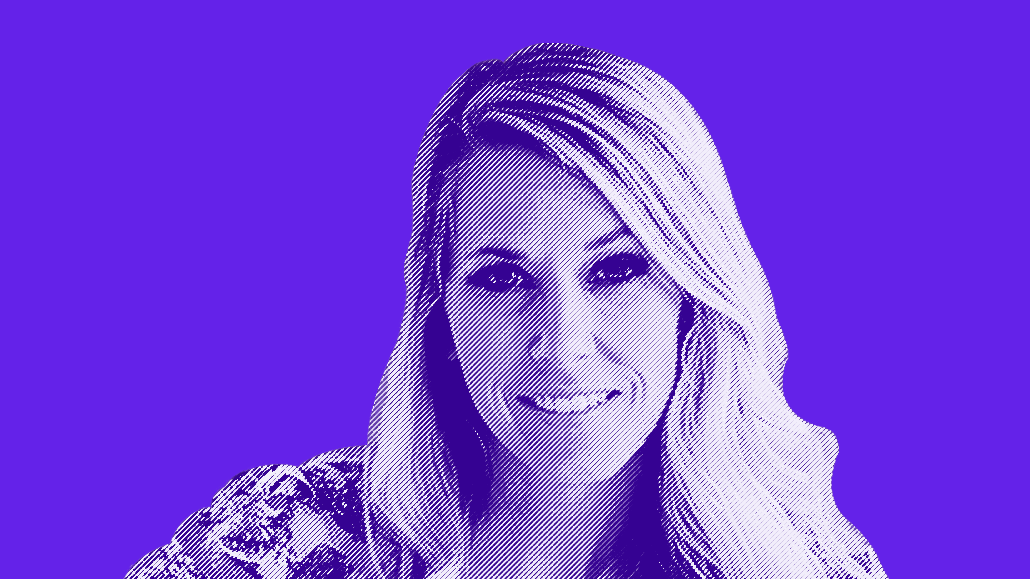Your Influencer Marketing Strategy Is Likely Outdated
TL;DR
As the creator economy becomes more saturated and in order to compete, parts of influencer marketing are now focusing more than ever on the “visibility” metrics such as C.P.V and C.P.M; a renewed focus on engaged communities will allow brands a direct route to a more grassroots type of influence.
Headline Quote
“If your influencer strategy is primarily focused on high reach, low CPM partners or follower counts, you may want to rethink your approach.”
Our Take
I think it’s important to note that a balanced approach is key. Content creators / influencer marketing in its purest form is not too dissimilar from the “community marketing” this article describes.
However, it should be noted that the often inflated costs for sponsored posts and the increasingly saturated creator economy has led to an increased emphasis on vanity metrics. Many influencer managers are (still) in the position where they are competing mainly with (paid) media practices, where reach is often the leading benchmark.
The solution is not to shift efforts “back” to communities, but to try and develop a more integrated approach, and a streamlined user journey that will allow you to move away from an over-reliance on vanity metrics.
Village Marketing founder Vickie Segar predicts shifts in influencer marketing, other trends after WPP acquisition
TL;DR
With the increased consolidation of the creator economy, we can expect more integrated, 360 approaches to influencer marketing in 2022 and beyond
Headline Quote
“That’s a huge shift from what’s traditionally been happening. Even when creative agencies have an influencer division, it has almost always been an add-on. We haven’t seen strong integration of an influencer shop. We’re now gonna see that. And I think we’re gonna continue to see it over the next year.”
Our Take
If you would have told me in 2015 that in the present day, influencer marketing would in most instances still be considered an “add on” or “paid media”, and sit isolated within many companies, I would have had a hard time believing you. While some aspects of the creator economy have moved at a wild pace, others have done so with less haste.
In theory, the increased interest and consolidation of specialised influencer agencies should lead to more seamless and integrated approaches in the near future, and hopefully a (big) initial step away from vanity metrics.
It will link to that magic word that you’ll start reading about more frequently (within the context of influencer marketing, at least): “user journey”
As “renting audiences becomes less effective in a crowded space - pro-actively seeking a more pro-active approach away reach metrics is leading to some interesting questions;
What happens to a user when they visit your brand’s page(s) based on sponsored content delivered by a creator; how will they convert? Are you willing to build an environment that caters to the audiences of creators?
Food for thought.
PS; have you noticed the clear steer away from the term “influencer” in this article?
🏭 This week’s must-reads
The 2022 Engagement Rate Benchmark for Branded Influencer Content
One of the biggest influencer marketing challenges is setting concrete, yet reasonable goals. Why? Because marketers often lack key historical data. Traackr, an influencer marketing platform, created this average engagement rate study to give marketers an idea of what that they can expect across platforms, influencer tiers, and markets.
The big influencer trust issue — and the beauty brands trying to save it
From fake reviews to so-called sponcon, influencers or creators with big followings are often distrusted as sources of guidance for health and beauty products. Can brand training help?
‘It’s not a peanut butter spread approach’: How advertisers are adapting to a more nuanced social landscape
The days of the one-size-fits all social media approach are seemingly over. Advertisers say the way people use social media is changing, pressuring brands to abandon broad campaigns and instead create content for each individual platform.
From influencers to creators: are content-makers evolving?
According to some, 'influencers' are out and 'creators' are in, heralding a shift from glitz and glamour to craft and artisanship. At the same time, regulators are ratcheting pressure on creators. So what does this moment really mean for online creators - and how can brands and content-makers adapt to the shifting landscape? We asked six experts from The Drum Network.







It is a very interesting thought. Here in Brazil most of the companies (specially the medium ones) still looking for vanity metrics.